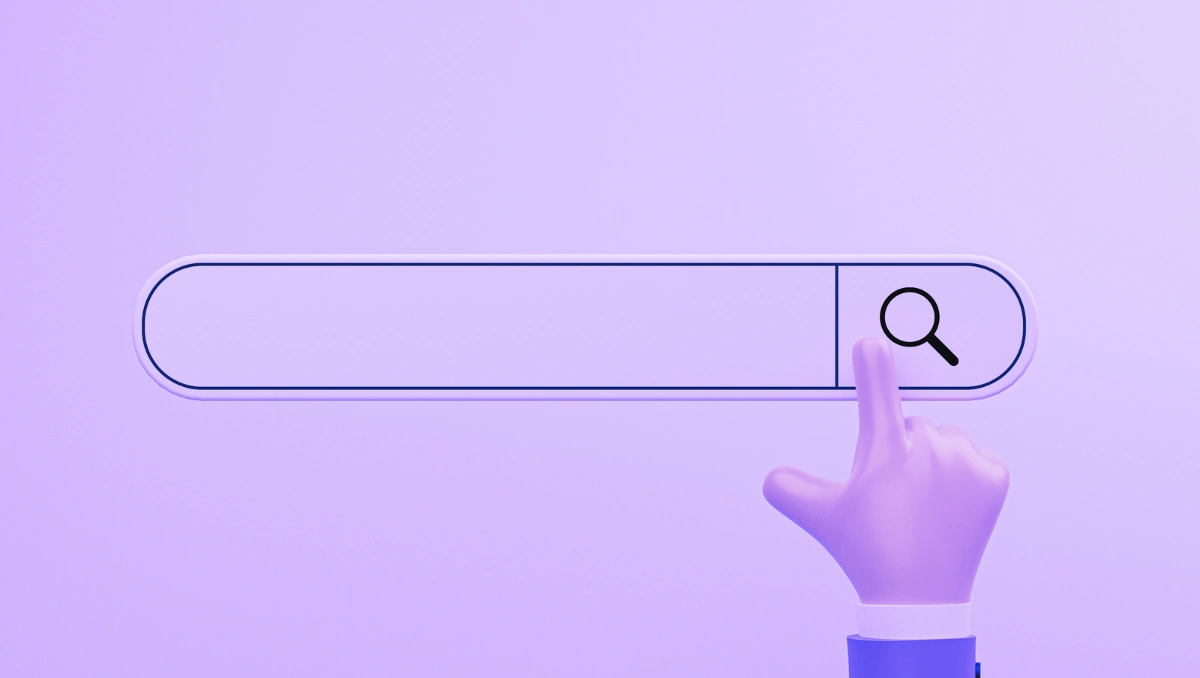In today’s digital landscape, having a well-designed website is crucial for businesses looking to improve their online presence. While many companies focus solely on keywords and backlinks to enhance their search engine rankings, user experience (UX) and user interface (UI) design play an equally vital role in driving traffic and improving SEO performance. A seamless and intuitive design not only enhances user satisfaction but also signals to search engines like Google that your website provides value to visitors.
In this article, we will explore how UX and UI design contribute to better SEO rankings and website traffic, along with best practices to implement on your website.
Understanding UX and UI in Website Design
Before diving into the impact of UX and UI on SEO, let’s define these two essential aspects of website design:
- User Experience (UX): UX refers to how users interact with a website, ensuring ease of navigation, quick access to information, and an overall smooth experience.
- User Interface (UI): UI focuses on the visual and interactive elements of a website, including buttons, typography, color schemes, and page layouts.
A website that blends UX and UI effectively creates a positive user experience, keeping visitors engaged and encouraging them to take action.
Discover Our Expertise
Explore our company profile to learn more about our digital marketing services, and how we can help your business thrive in the digital world.
Learn more about our Website Design Services!
How UX and UI Design Improve SEO Rankings
1. Faster Page Load Speed
Page speed is a critical factor in both SEO rankings and user experience. Websites that take too long to load often lead to higher bounce rates, which negatively impact search engine rankings. Good UX/UI design optimizes website speed by:
- Compressing images and videos.
- Minimizing HTTP requests.
- Using efficient coding practices.
- Implementing browser caching.
A well-optimized, fast-loading website encourages visitors to stay longer, reducing bounce rates and improving search engine performance.
2. Mobile-Friendly and Responsive Design
Google prioritizes mobile-first indexing, meaning websites optimized for mobile devices rank higher in search results. UX and UI designers ensure a seamless mobile experience by:
- Using a responsive design.
- Making buttons and links easily clickable.
- Reducing intrusive pop-ups that may negatively impact usability.
A mobile-friendly website enhances accessibility, which translates to higher engagement and improved SEO rankings.
3. Intuitive Navigation and Site Structure
A cluttered and confusing website discourages visitors from exploring more pages, leading to lower engagement rates. An optimized UX/UI design helps by:
- Organizing content into clear categories.
- Using easy-to-understand menus and navigation bars.
- Adding internal links to guide users through relevant pages.
Search engines value websites that provide a clear and organized user journey, rewarding them with higher rankings.
4. Enhanced User Engagement and Reduced Bounce Rates
SEO success depends heavily on user behavior metrics like dwell time, bounce rates, and session duration. If visitors leave your website quickly, search engines interpret it as a sign of poor user experience. Good UX/UI design ensures:
- Engaging visuals and interactive elements.
- Readable fonts and well-spaced text.
- A logical content flow that keeps users engaged.
The more time users spend on your site, the better your SEO performance will be.
5. Improved Accessibility and Usability
Accessibility is an essential component of UX/UI design. Websites that are accessible to all users, including those with disabilities, perform better in search rankings. Implementing:
- Alternative text (alt-text) for images.
- Keyboard-friendly navigation.
- High-contrast color schemes for readability.
Not only does this improve usability, but it also meets Google’s web accessibility guidelines, leading to better rankings.
6. Higher Conversion Rates
A well-designed website doesn’t just attract traffic; it converts visitors into customers. A strategic UI layout with clear CTAs (Call-to-Action) encourages users to engage with the content, subscribe, or make a purchase. Google considers conversions as an indicator of user satisfaction, indirectly affecting SEO rankings.
Best UX/UI Practices for Better SEO and Website Traffic
Now that we understand how UX and UI impact SEO, let’s explore best practices to optimize your website design:
1. Optimize for Speed and Performance
- Use a Content Delivery Network (CDN) to access from anywhere around the world.
- Optimize images without compromising quality.
- Minimize redirects and broken links.
2. Implement a Clear and Simple Navigation
- Use breadcrumbs to help users track their location.
- Ensure a straightforward site structure with minimal clicks.
- Add a search function for quick access to information.
3. Create Engaging and Readable Content
- Use bullet points and headings to break down information.
- Ensure the text is easily readable.
- Add multimedia elements like videos and infographics to enhance engagement.
4. Mobile Optimization
- Check your website on different devices.
- Keep forms and buttons user-friendly on touchscreens.
- Ensure pop-ups do not interfere with mobile usability.
5. Enhance Trust and Security
- Use HTTPS for secure browsing.
- Display trust badges and customer testimonials.
- Ensure GDPR compliance for data privacy.
How UX/UI Benefits Other Digital Marketing Strategies
The impact of UX and UI design is not limited to SEO rankings. It also plays a crucial role in other digital marketing strategies such as PPC, branding, and social media management.
- PPC Campaigns: A well-designed landing page can improve PPC ad performance by reducing bounce rates and increasing conversions. A PPC agency in Dubai ensures that ad-driven traffic lands on optimized pages with strong CTAs.
- Branding: A professional and aesthetically pleasing website strengthens a brand’s credibility. Leading Dubai branding agencies focus on consistent color schemes, typography, and messaging to create a cohesive brand identity.
- Social Media Engagement: Websites integrated with social media platforms provide a seamless experience for users transitioning between social channels and business websites. Social media management services help maintain consistency across different digital touchpoints.
- SEO Strategy: An SEO-friendly UX/UI design helps websites gain better organic reach and user retention, making collaboration with an SEO company in Dubai crucial for long-term success.
Final Thoughts
A website’s UX and UI design significantly impact SEO rankings and website traffic. By improving page speed, mobile responsiveness, navigation, and user engagement, businesses can create an optimized website that ranks higher in search engine results. Investing in a well-structured UX/UI design and website development services not only benefits SEO but also enhances the overall digital marketing strategy, including PPC, branding, and social media engagement.
For expert assistance in optimizing your website’s UX/UI for better SEO results, Squarezix—a leading digital marketing agency in Dubai—is here to help!











